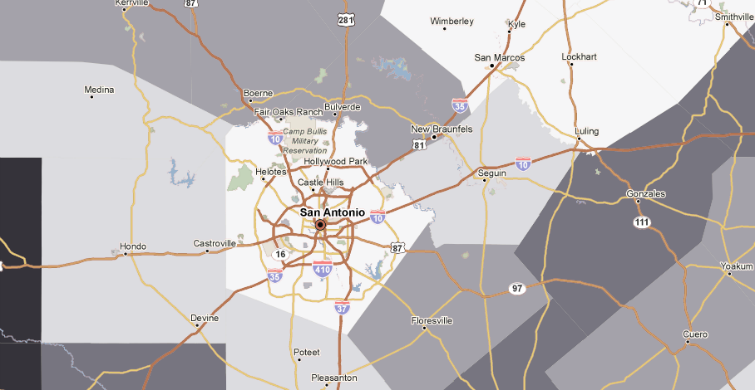Location Affordability Version 2: Better Than the Original

Brand new datasets are great. When HUD’s Location Affordability data came out last year, we couldn’t wait to add it, because of how simply it illustrated the impact of housing and transportation costs on the budgets of various household types.
What’s better than new datasets? When a new dataset is so useful, its creator decides to make it better. And that just happened with Location Affordability. Soon after the original Location Affordability was released, HUD arranged a conference call of the data’s key users, which we participated in. Based on the feedback from that call, HUD made some significant improvements.
Version 2 of Location Affordability uses new methodology to produce more accurate estimates of housing and transportation costs, so this data which was pretty neat to begin with is now even more powerful. The specifics of the update are pretty wonky, but if you’re reading this blog, you’re probably pretty wonky too, so here are the highlights of the new version, according to HUD:
- Moving to a Simultaneous Equation Modeling (SEM) approach from Ordinary Least Squares regression: SEM better incorporates and accounts for interaction effects on the model’s dependent variables, resulting in a model that has greater econometric validity
- Adding variables for housing stock: the model now includes variables for percent of single-family detached housing units and the number of rooms per dwelling unit
- Adding variables for local commercial amenities
- Splitting population data by tenure (renter vs. homeowner)
And whereas version 1 covered 94% of the country’s population, version 2 covers 100%.
Also, very importantly, the household types have changed significantly. The affordability data is calculated differently for different households according to number of people, income amount, housing needs, transportation needs, and more.
These are the new household types:
| HOUSEHOLD TYPE | SIZE OF HH | INCOME | # COMMUTERS |
| Median-Income Family | 4 | Median Income for Region | 2 |
| Very Low-Income Individual | 1 | National Poverty Line | 1 |
| Working Individual | 1 | 50% of Median Income for Region | 1 |
| Single Professional | 1 | 135% of Median Income for Region | 1 |
| Retired Couple | 2 | 80% of Median Income for Region | 0 |
| Single-Parent Family | 3 | 50% of Median Income for Region | 1 |
| Moderate Income Family | 3 | 80% of Median Income for Region | 1 |
| Dual-Professional Family | 4 | 150% of Median Income for Region | 2 |
This data is free to the public, and is in the Incomes & Spending menu, under “Additional Income & Spending Data”.